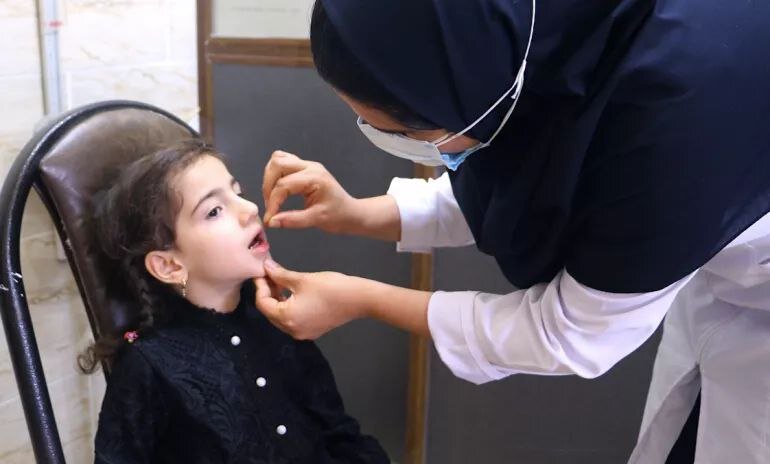Tehran – The Mega-Dose Vitamin A Supplement Program, aided by the United Nations Children’s Fund, has been running nationwide for four years, reaching 2 million children under the age of five so far.
Vitamin A deficiency is a major cause of preventable childhood blindness and increases the risk of death from common childhood illnesses such as diarrhea. Regular, high-dose vitamin A supplementation is a proven, low-cost intervention and an essential program to support efforts to reduce health issues and child mortality.
The program began in 2020 to improve the health of children aged 2-5. So far, 2 million children have benefited from the program.
A national study of nutritional patterns in Iranian households during the 2020 Covid-19 pandemic shows a significant decrease in vitamin A intake in urban (31%) and rural (24%) households.
Data from food and nutrition monitoring in the country’s eight states also confirm vitamin A deficiency in children under the age of 5.
The Ministry of Health is running the program in collaboration with 43 medical science universities in the country, and children visiting the centre received one softgel capsule containing 200,000 IUs every six months. This supplement is well absorbed in the body, stored in the liver, and is used over time.
A 2017 Cochrane systematic review (including 47 studies from 17 countries) and meta-analyses conducted in 1992 and 2011 showed that mega-dose vitamin A supplementation could reduce mortality from infectious diseases by 24% in children.
According to the Food and Nutrition Monitoring System, the program’s main goals include improving children’s nutrition, boosting the immune system against common childhood illnesses such as Covid-19, raising awareness among healthcare professionals about the important role of vitamin A in child health, improving parental nutrition recipes regarding the importance of vitamins, and improving the consumption of patients with mortality.
Four years after the programme was implemented, the Ministry of Health has assessed the programme’s effectiveness, and the results will be made public by the end of the current Iranian year, which began on March 20th.
mt/mg

